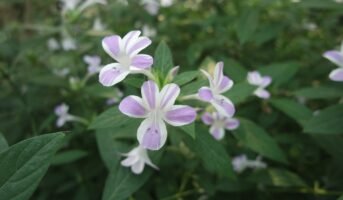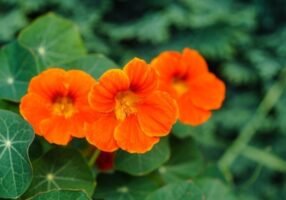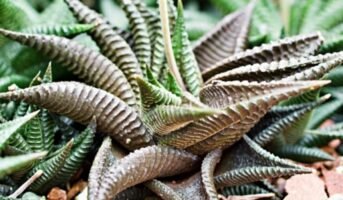Barleria Cristata is also known as the bluebell barleria or the Philippine violet. Since the 1800s, the Barleria cristata plant has been purposefully brought into tropical and subtropical locations all over the world with the purpose of using it as an ornamental plant.
This particular species was collected for the herbarium in Martinique in the year 1884. It was found in the West Indies. B. cristata was initially brought to Australia as an ornamental plant, but it has now naturalised in the subtropical and tropical parts of eastern Australia.
See more: Salvia splendens: Know how this plant is more than just ornamental
Barleria cristata: Key facts
| Common name | Philippine violet |
| Family | Acanthaceae |
| Native Area | Southern China, India And Myanmar |
| Maximum Height | 4 ft. |
| Maintenance | Easy |
| Sun Exposure | Full sun to partial exposure |
| Bloom Time | Sept-Dec |
Know about December Flower
The Genus
Barleria
Native Habitat
Southern China, India, Myanmar
Sun Tolerance
Weak
Height
3-4 foot tall with a spread to 2-3 foot wide
Leaves
Elliptic to narrowly ovate.
Leave Colour
Dark green on the upper surface and pale green on the lower surface.
Cold Tolerance
Weak
Fruit
1.5-cm long ellipsoid capsules.
Barleria Cristata: Features
- B. cristata is a perennial shrub that can grow up to 4 feet in height.
- The stems are terete and branching, and they are coated with delicate trichomes.
- The corolla is purplish blue in colour and ranges in length from 4.5 to 6.5 centimetres.
- The tube is first narrowly cylindrical and then progressively widens. The lobes are oblong-elliptic in shape and measure roughly 1.5 centimetres each.
- Stamens are four in number and are didynamous; the filaments are pilose, particularly at the base, and the staminode has one filament that is sparsely pilose.
- The ovary is oblong-ellipsoid and hairless; the style is linear and about 2.5 centimetres long and also hairless; the stigma is somewhat swollen.
- Capsule 1.2-1.8 cm in length, glabrous, and containing four seeds. Seeds subglobose to oval, 4-5 × 4 mm.
Barleria cristata: Growing tips
- Barleria cristata should be planted in a section of the garden that gets either full sun or a combination of sun and moderate shade.
- This plant does well in soils that drain well and can survive periods of drought.
- Every spring, prune the Philippine violet right down to the ground in order to keep it looking bushy.
- The plant does best in soils that are dry to medium in moisture, have good drainage, and may get full sun to partial shade.
- Occasional doses of fertiliser can result in bigger and longer-lasting flowers, which can last from September until frost.
Barleria cristata: Maintenance tips
- It is necessary to maintain the bush in its current structure.
- A severe cutting back of the shoots is required either immediately after the flowers have finished blooming or in the early spring.
- You may leave the twigs between 5 and 10 centimetres long.
- However, the plant is not pruned back completely until the fall since buds only develop on the new growth of the previous year’s branches, and if they are pruned too frequently, they will not have time to form.
Barleria cristata: Uses
- The Thai people have traditionally relied on this plant as a form of herbal medicine.
- According to some accounts, it can also function as a blood purifier and a diuretic.
- Since it blooms in December, people in South India refer to it as the December Flower. These flowers are typically strung together to make flower garlands, which ladies then wear in their hair.
- The blossoms are referred to as December Poo in Tamil and Decembaralu in Telugu. Both names come from the month of December.

Source: Wikipedia
Barleria cristata: Toxicity
- Studies on mice were carried out in order to confirm that the use of this plant for medical reasons is risk-free and does not cause toxicity.
- The researchers observed that a dosage of 250 grams per kilogram of body weight did not result in any adverse effects or deaths.
FAQs
Is the Philippine violet a weed?
Barleria cristata is considered a weed in Australia since it easily reseeds itself and has the potential to overrun neighbouring territory.
What is the preferred soil pH for growing Philippine violet?
The preferred soil pH is between 5-6.
Housing News Desk is the news desk of leading online real estate portal, Housing.com. Housing News Desk focuses on a variety of topics such as real estate laws, taxes, current news, property trends, home loans, rentals, décor, green homes, home improvement, etc. The main objective of the news desk, is to cover the real estate sector from the perspective of providing information that is useful to the end-user.
Facebook: https://www.facebook.com/housing.com/
Twitter: https://twitter.com/Housing
Email: [email protected]











